Why are the tips of my spider plant turning brown?
Determine the cause of this common spider plant problem and it will be a fairly easy fix, say houseplant experts
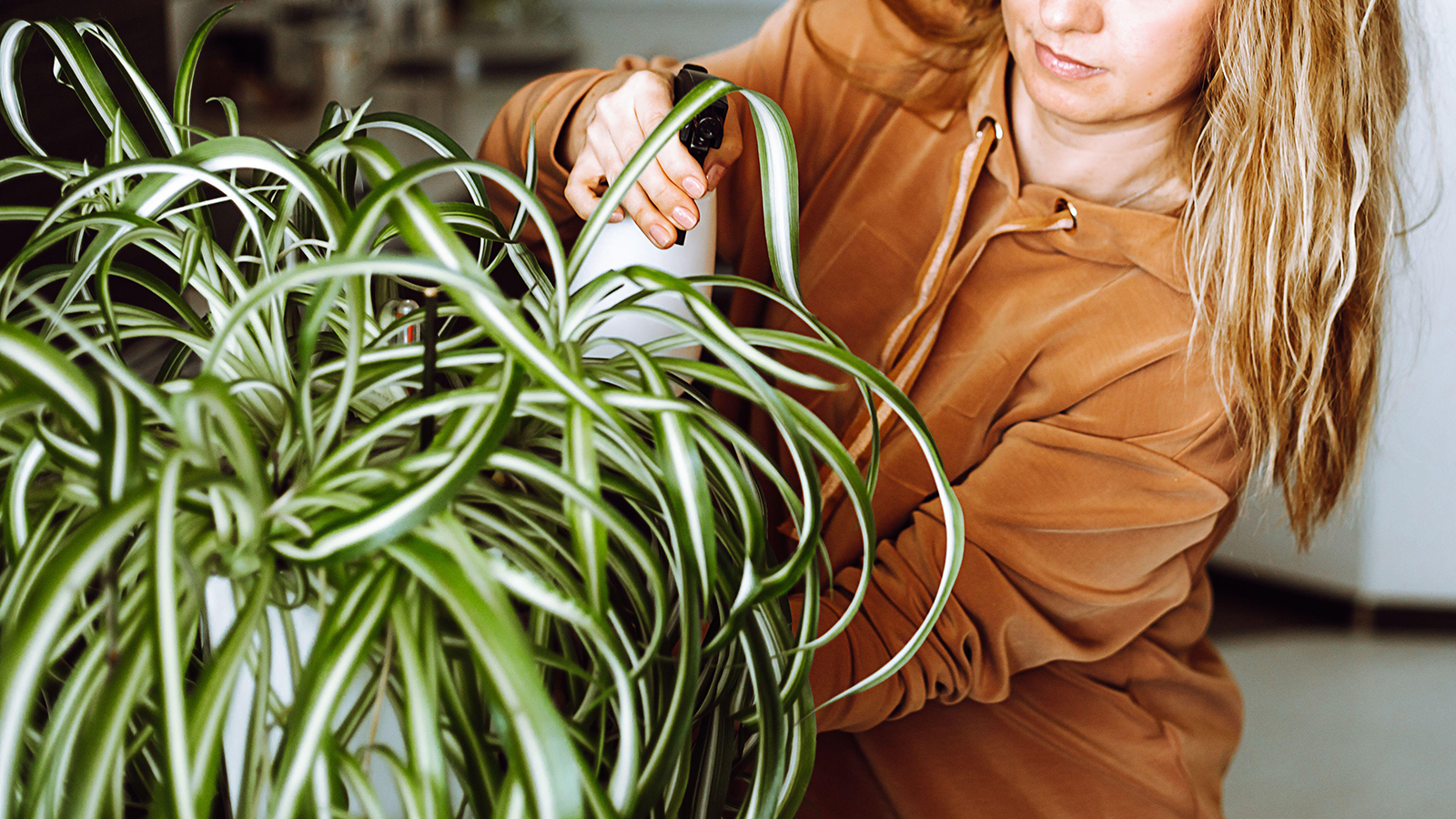

If you chose this plant because it's notoriously easy to care for, you may feel disgruntled to be asking: why are the tips of my spider plant turning brown?
Spider plants are known for being among the best low-maintenance indoor plants, which makes them perfect for beginners. But unfortunately, no houseplant is entirely immune to issues.
If you've spotted brown tips, here's what's causing them and how you can alter your spider plant care regime to fix the problem.
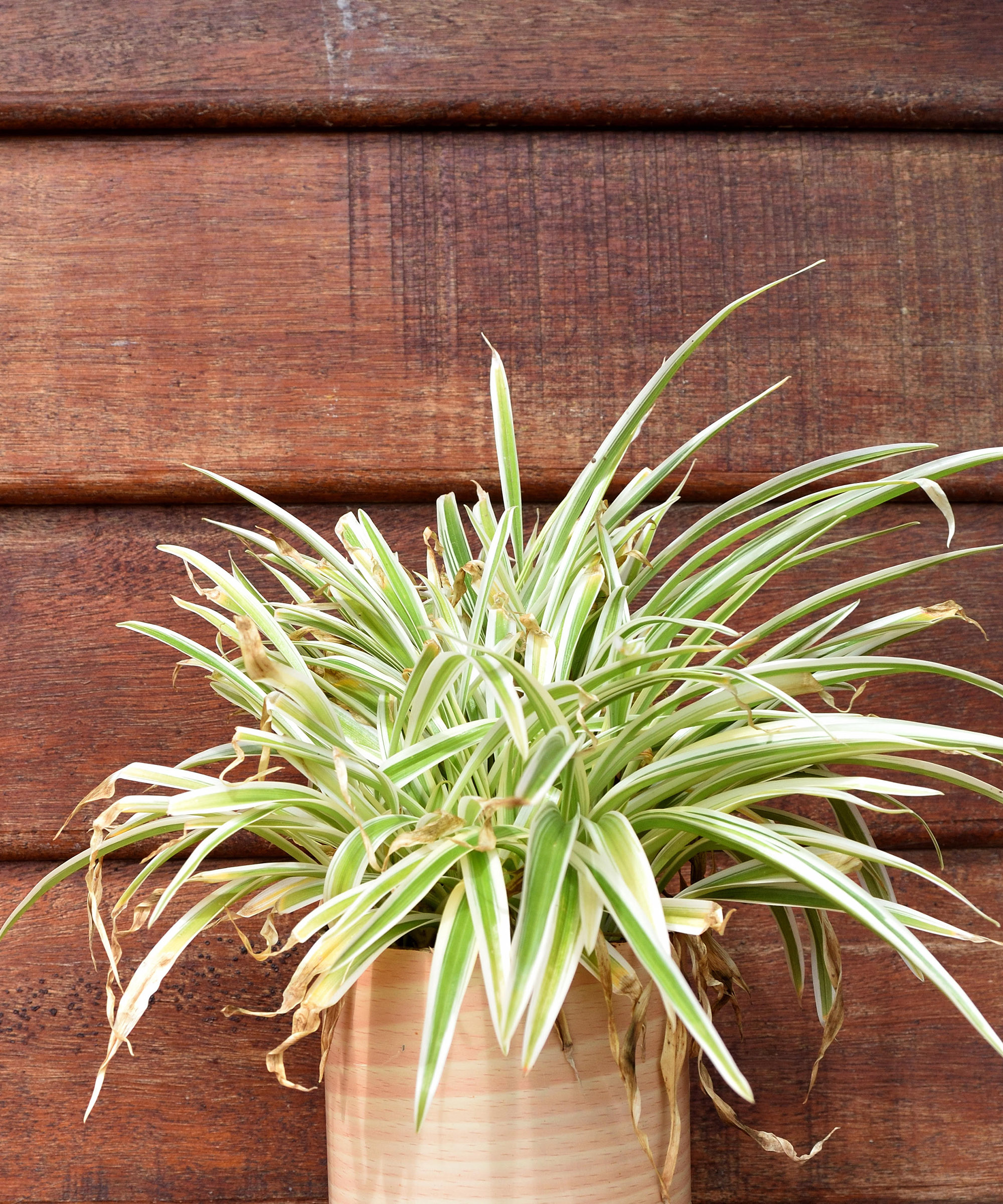
There could be one, or multiple things causing your spider plant tips to turn brown
6 reasons why the tips of your spider plant are turning brown
There are several potential reasons why this has happened. The good news is this issue is by no means terminal. A few minor adjustments should see your spider plant back to full health in no time.
1. The environment is too dry
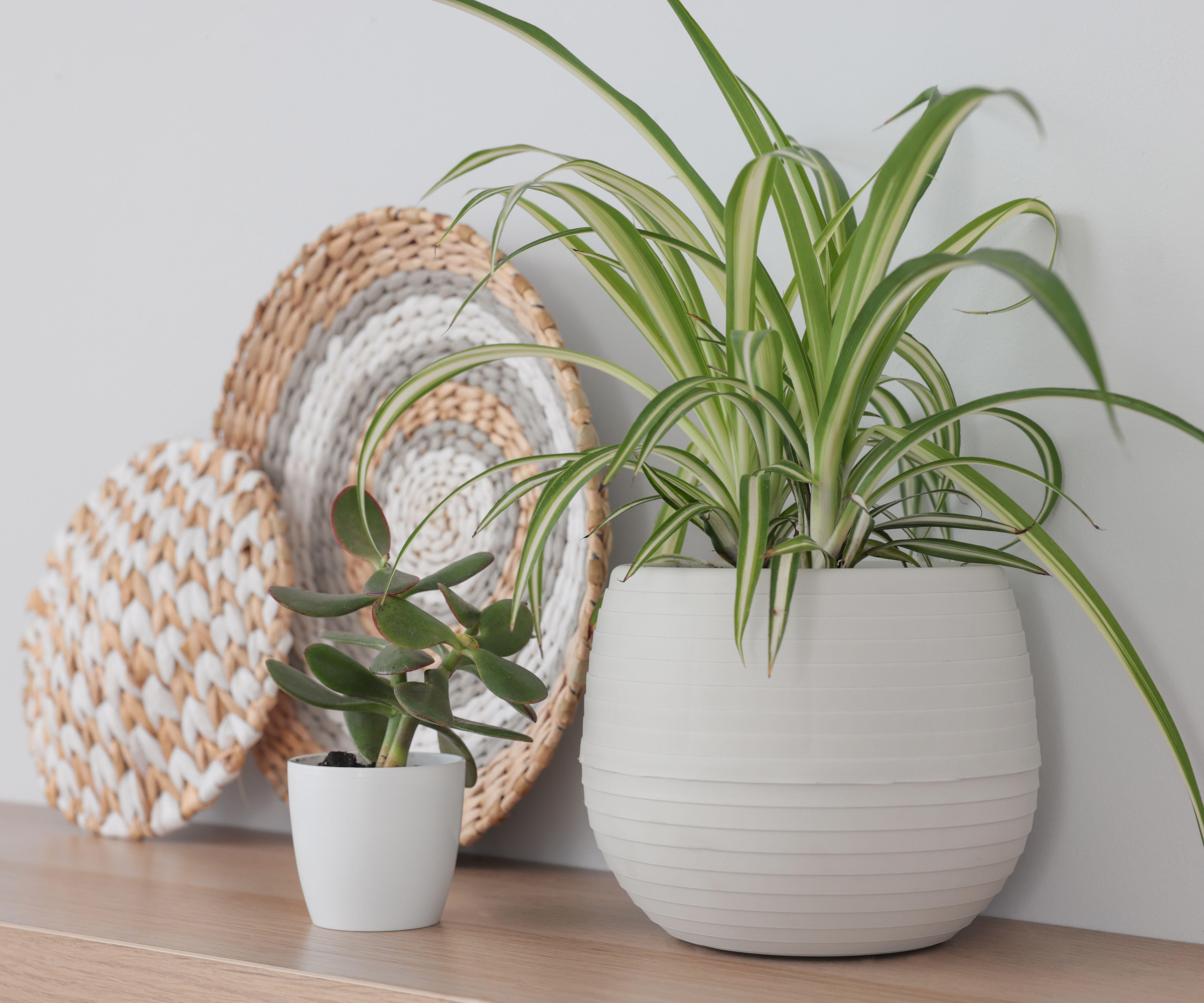
Humidity-loving houseplants prefer to stand together in groups
One of the benefits of spider plants is that they're easy indoor plants. But if you've noticed the tips of your spider plant turning brown, it could be caused by your plant being too dry.
'This is known as 'tip burn' and is often a result of dry environments (either not enough humidity or not watering the plant enough),' explains houseplant expert Holly Crossley.
You can take steps to boost humidity, such as repositioning your spider plant to be used as a bathroom plant or kitchen plant. Standing it on a tray of pebbles also works, as does grouping it together with other humidity loving plants.
Design expertise in your inbox – from inspiring decorating ideas and beautiful celebrity homes to practical gardening advice and shopping round-ups.
A regular misting is also a good idea. Try this plastic-free option Better Homes & Gardens Clear Glass Planter Mister at Walmart.

Holly is a former allotment keeper and professional gardener. She now spends her time tending to her many houseplants and writing about gardens and outdoor living for Homes & Gardens.
2. You've been overwatering it
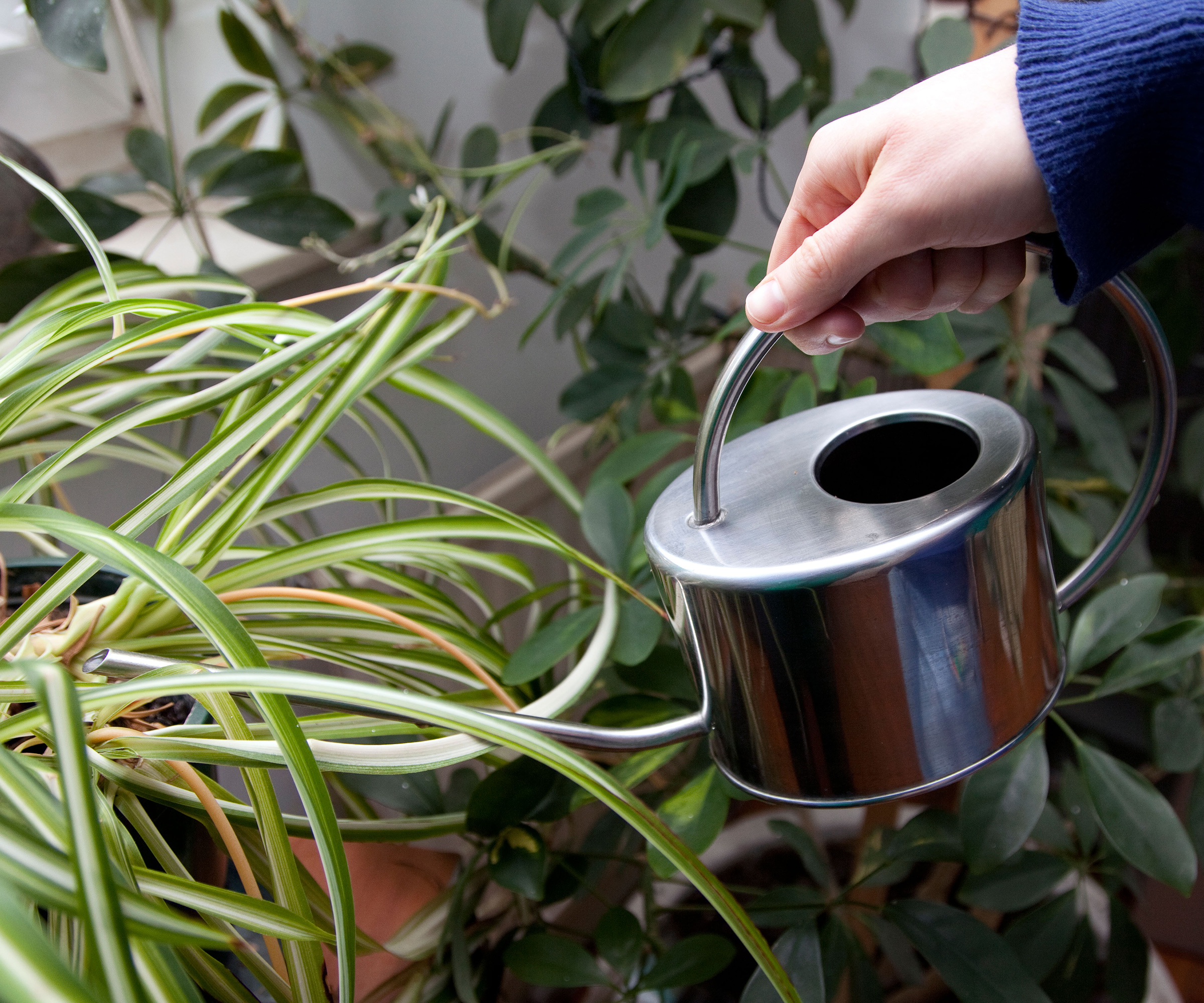
Water spider plants weekly during the growing season
Be sure to know when to water a spider plant, as excessive watering can cause problems too, including browning tips.
'Spider plants typically only need to be watered about once a week. To ensure you are adequately watering your spider plant make sure about 50-70% of the soil is dry between waterings,' says Alex Kantor, owner at Perfect Plants nursery.

Alex has worked in the horticultural industry for over 20 years. Alex is an expert on landscape trees, shrubs, and indoor plants. He is passionate about growing and helping others learn the trade.
3. A chemical build up
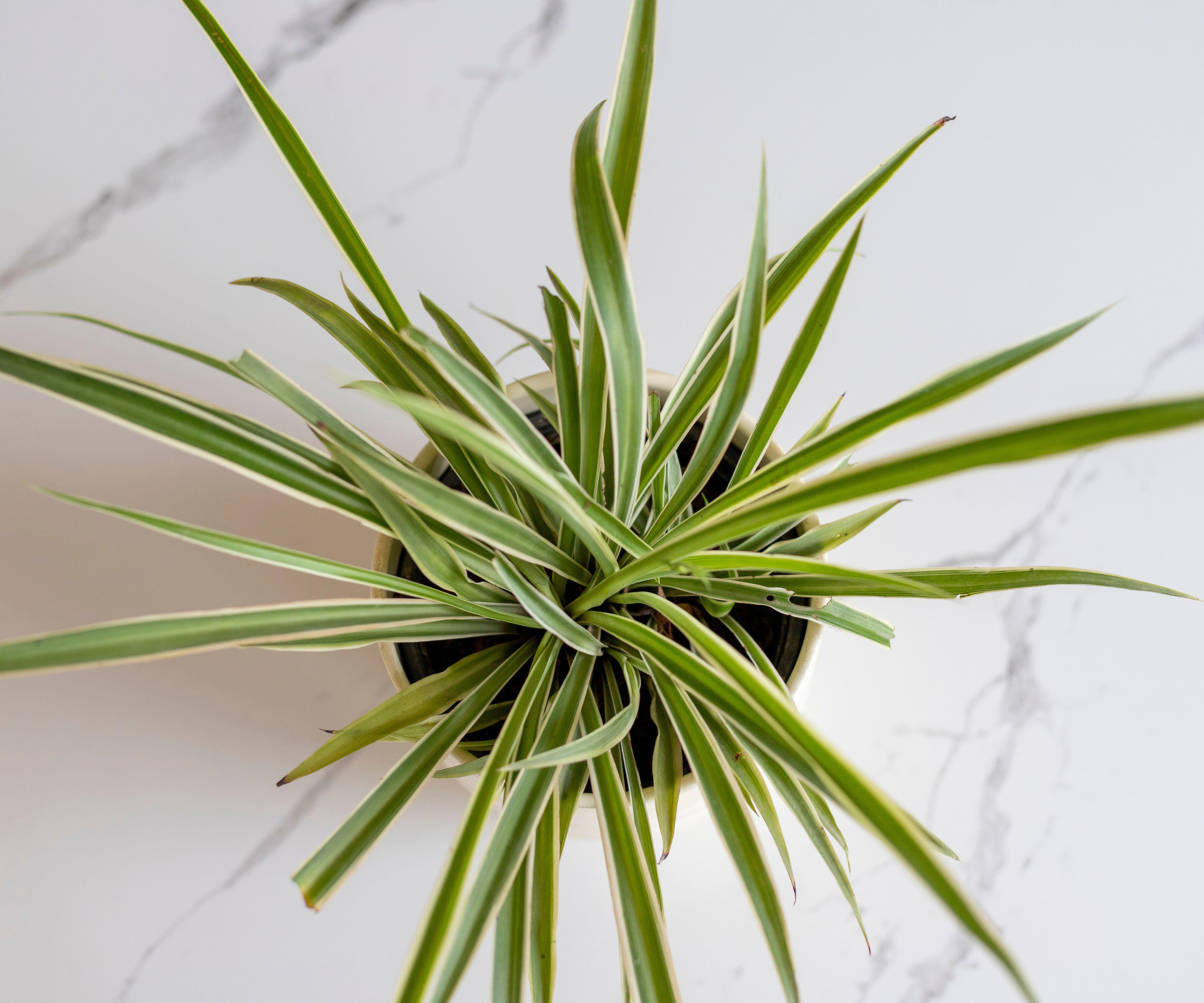
Rainwater or distilled water is best for spider plants
If you've been watering your plant with tap water, this can cause a buildup of salts, minerals, and other chemicals, which results in brown tips on the leaves of your spider plant.
Holly Crossley advises: 'It's a good idea to flush out your spider plant from time to time with rainwater, or distilled water, ensuring it properly drains out the bottom of the pot.'
Generally speaking, plants prefer to be watered with rainwater rather than tap water. So keeping a rain barrel for rainwater harvesting is beneficial for use on indoor plants as well as for the backyard.
Or you can water plants with distilled water. Water from a kettle, which has previously been boiled and cooled down, can be used to water plants.
4. Too much fertilizer
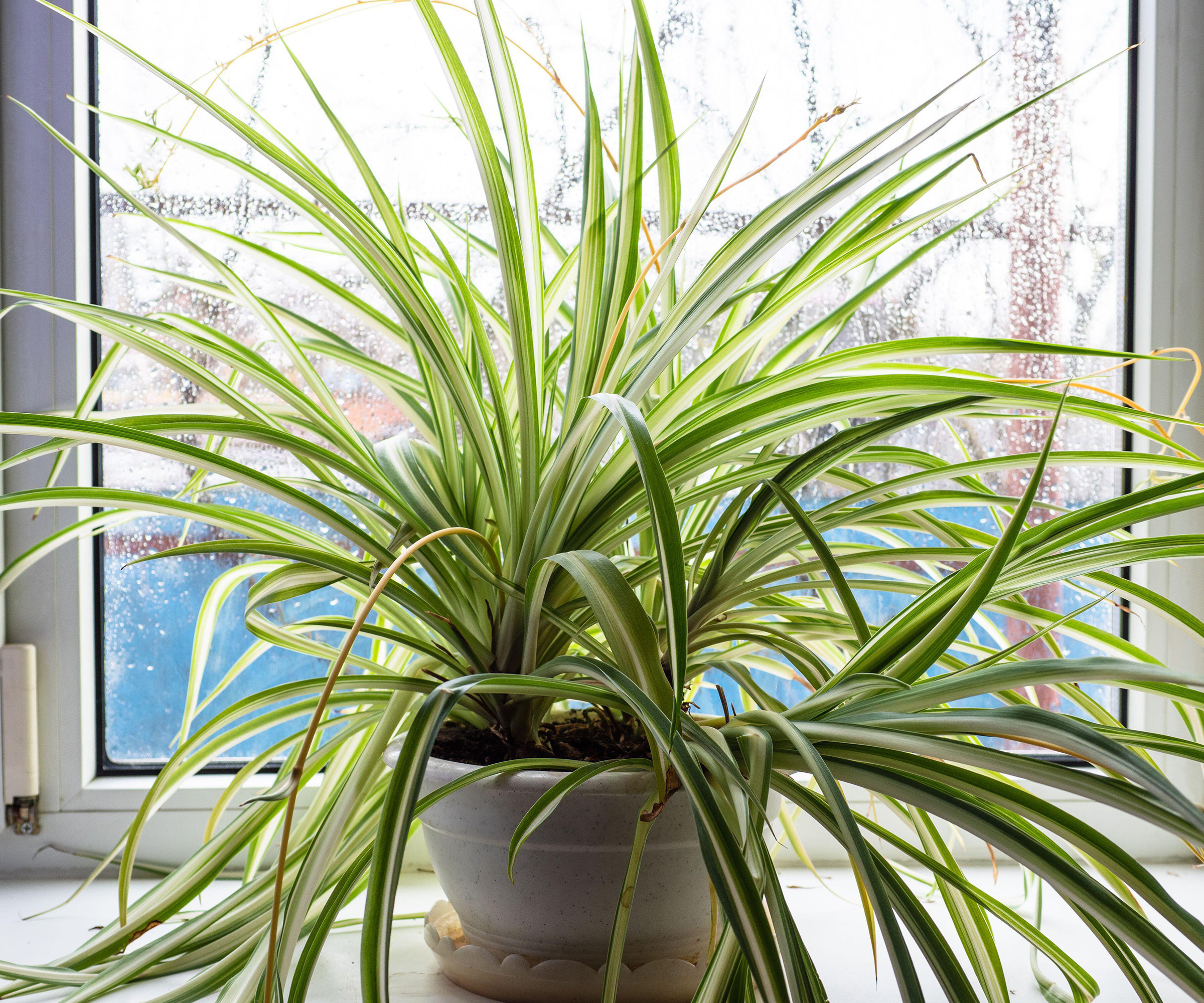
If in doubt, use less fertilizer
'Fertilizing your spider plants can make them grow faster and stronger. But, as is often the case, too much of a good thing can be detrimental. Over-fertilizing plants can lead to brown tips,' says Holly Crossley.
'Feed your plant with a diluted, water-soluble solution during the growing season only (spring–summer). Depending on the type of fertilizer used, this can be done every two weeks to once every three months or so – follow the instructions on the label of your chosen product. Just remember: underfeeding these plants is better than overdoing it,' she explains.
5. Your spider plant has root rot
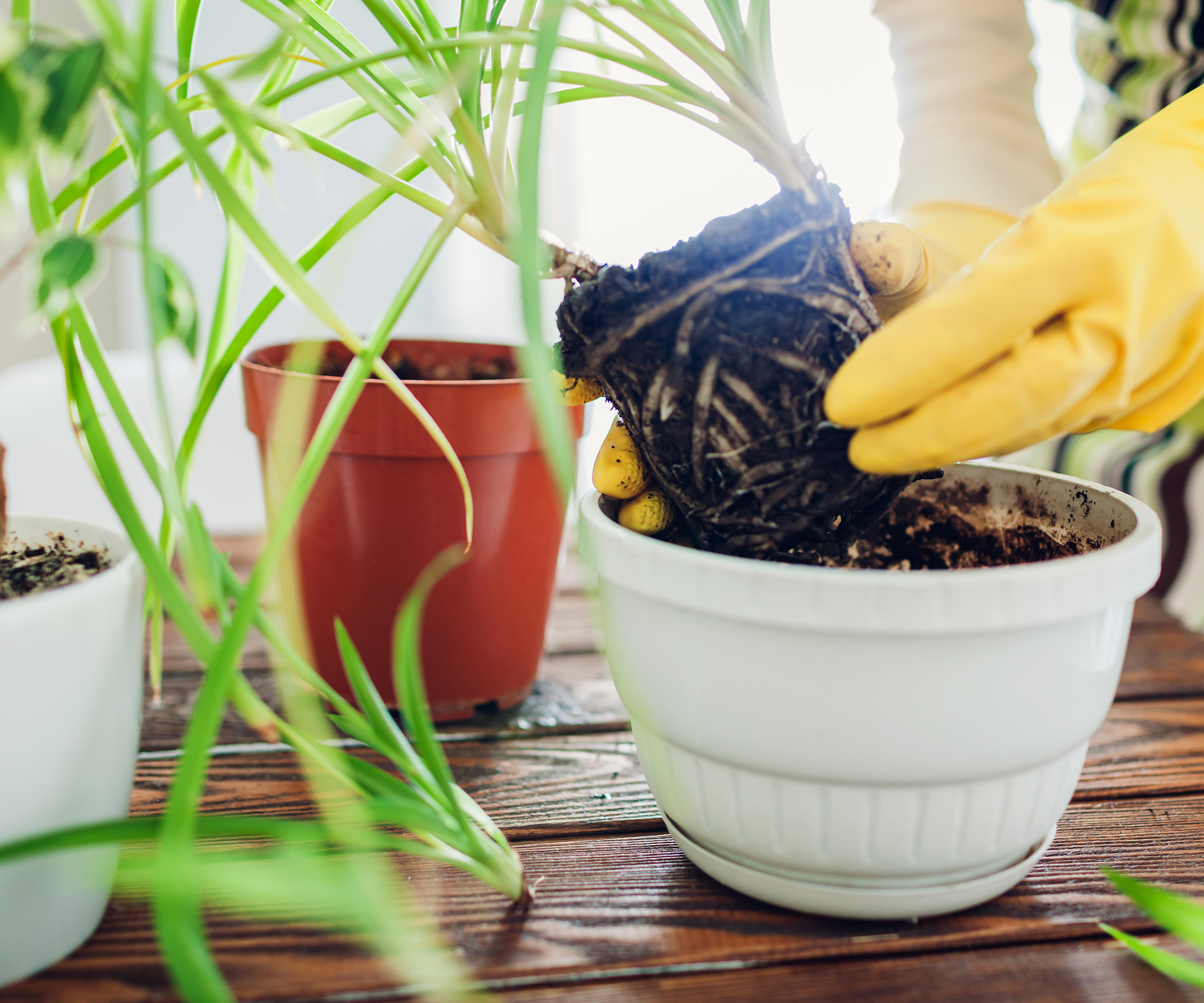
Spider plants can outgrow their pot relatively quickly
This is when your plant becomes pot bound – you'll see roots poking out of the drainage holes at the bottom – and is difficult to water as a result.
The process to fix this is simple, however. Holly's method is to gently prize the plant from the pot and replant it in a new, slightly larger container at the same depth, in fresh potting soil.
'As these plants tend to be fast growers, you may need to do this annually,' says Holly.
It's possible to propagate a spider plant by division. So take the opportunity when repotting them if you want to expand your house plant collection for free.
6. Sunlight has scorched the leaves
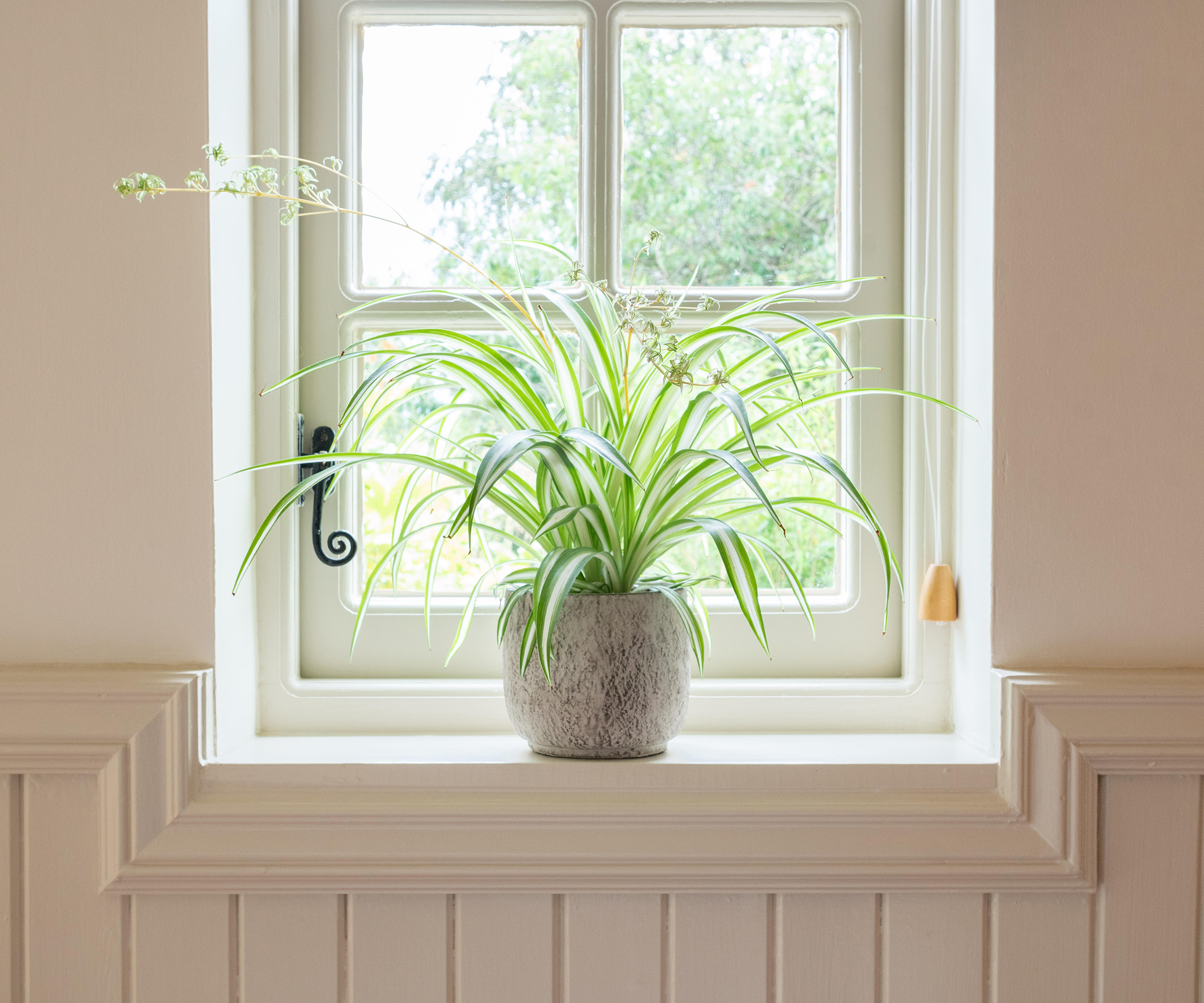
Bright, indirect light is ideal for these houseplants
Part of what makes spider plants such popular houseplants is the fact that they can thrive in most light conditions. They work as low light indoor plants as well as sitting happily in a brightly lit room.
The one thing they can't tolerate however, is direct sunlight. Keeping your plant in direct sunlight can scorch the leaves, meaning they can start to go brown. So it's a good idea to move your plant away from south-facing windows.
FAQs
Should I cut the brown leaves off my spider plant?
'Any existing brown tips can be snipped off with a pair of clean scissors or secateurs, which will instantly make your plant look healthier. Cut at an angle in line with the leaves' natural shape. Alternatively, cut the entire affected leaves off at the base of the plant,' says houseplant expert, Holly Crossley.
Despite the issue of brown tips, the spider plant still sits at the low maintenance end of the indoor plant care spectrum. A few tweaks to your care regime are all that's needed to fix most issues relating to spider plants. And brown tips can be snipped off as they appear without damaging your plant.

Teresa was part of a team that launched Easy Gardens magazine two years ago and edited it for some time. Teresa has been a Gardens Editor at Homes & Gardens, Country Homes & Interiors and Living Etc magazine since 2020 and has developed close working relationships with top garden designers, and has been exposed to an array of rich garden content and expertise.